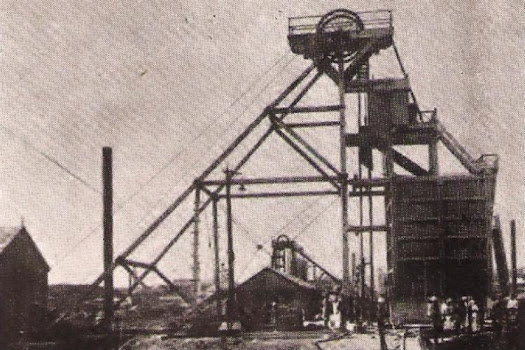While talking about the mine closure, India’s National Mineral Policy notes that once the reserves in mine are completely exhausted there is a need for scientific mine closure which will not only restore the ecology and regenerate biodiversity but also take into account the socio-economic aspects of such closure.
“Where mining activities have been spread over a few decades, mining communities get established and closure of the mine means not only loss of jobs for them but also disruption of community life. Mine closure should be done in an orderly and systematic manner. Government has a role in ensuring that post-production mine decommissioning and land reclamation are an integral part of the mine development process; that financial provisions for the costs incurred in mine closure are accorded a high level of priority by the industry; and that consistent approaches are adopted for efficient and effective mine reclamation and rehabilitation,” the policy notes.
But this transition never happened for the KGF. Many times in the past, the Centre has asked the state government to revive the area but the state government contended that the area brings no revenue to the city municipal council and has liabilities of over Rs. 17,000 crore (Rs. 170 billion).
Rajendran, a former legislator from the KGF area and President of the Republic Party of India, stated that the KGF has always been neglected when it comes to the fund allocation for development and said people of the KGF are living in poor conditions because of the government’s apathy.
Roopa Kala Sashidhar, the current legislator from the Indian National Congress party, told Mongabay-India that the state government isn’t approving the MLA (Member of Legislative Assembly) grant of Rs two crore (Rs. 20 million ) for the last two years, citing floods and COVID-19.
“In KGF, we have the manpower, good infrastructure and acres of land, which can be used for industrial purposes and the borders of Andhra Pradesh and Tamil Nadu are close by. The state government should have capitalised on these things to create employment opportunities for the people in KGF,” Sashidhar told Mongabay-India.
We must build proper infrastructure for hospitals here, and it is the responsibility of the government to create employment opportunities, but currently, the government isn’t focused on the development of KGF or reopening the mines, she said.
Even the Indian Bureau of Mines (IBM), an organisation under the Department of Mines, mandates that the mine operator close it responsibly. Its guideline states that the region’s pre-mining ecology is to be restored, the toxic residue is to be disposed of and underground water be protected from the toxic residue. The company closing the mine is responsible for the restoration and management of air, water, top soil, waste, and infrastructure in the area.
However, in the KGF, the unplanned closure has left the area in a mess. Karthikeyan Kandasamy, professor, Sigma College of Architecture in Kanyakumari, in his research ‘Socio-economic Impact of Unsystematic Mine Closure: A case of Kolar Gold Fields’ states that if due process was followed in the KGF while shutting the mine, it could have brought new land use, employment, character and vibrancy to the area. The study blames unplanned closure for the degradation of land, environment and people’s livelihood in the KGF.
“The policies and Acts to control unplanned mine closure and counter its effects on the community should be made strong by the Indian government. These issues and challenges faced by the people of KGF will be addressed and can be improved if the government, mining company and people show their support and interest in reviving the town,” Karthikeyan said in his research.
Recently, the Karnataka government announced its plans to develop an industrial park in the area of over 3,200 acres of the 12,109 acres owned by the BGML. But whether the plan would bring relief to the residents or increase their misery remains to be seen.














